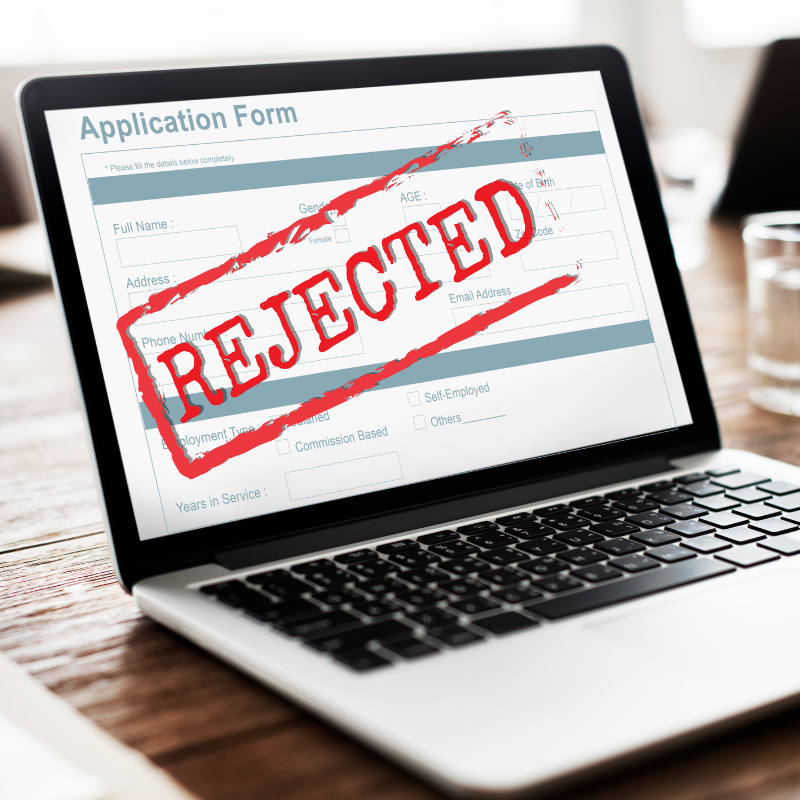On December 21, 2023, the IRS released details about its second settlement initiative relating to the employee retention credit (ERC). See IR-2023-247, Announcement 2024-3, general information, and FAQs.
The IRS previously released a withdrawal option on October 19, 2023, for taxpayers who either did not receive their ERC checks or did not cash them. The new settlement initiative is a voluntary disclosure program (VDP) that will have much broader appeal because it allows taxpayers who have already received their ERC cash to settle with the IRS on favorable terms. But if taxpayers are interested in the VDP, they need to act quickly because it only runs through March 22, 2024, and the IRS Commissioner stated that taxpayers “will not get a better offer later.”
Let’s discuss the particulars. The VDP allows taxpayers to apply to settle with the IRS by agreeing to repay 80% of the ERC received as long as they apply by March 22, 2024. The IRS settled on 80% because it acknowledged that “there are many employers eager to correct their error, but who remain concerned about their ability to pay back the portion of the credit that has been lost to the promoter that brought them into this mess.” Taxpayers accepted into the program can keep any interest the IRS paid on their ERC claims, and they are not required to pay interest or penalties to the IRS as long as they repay their required amounts in full at the time they sign their closing agreements. Employers who are unable to repay the required amounts at such time must pay interest and penalties and may be considered for an installment agreement on a case-by-case basis, pending submission and review of the appropriate documentation. Taxpayers also must disclose to the IRS identifying information and other details about any advisors or tax preparers who advised or assisted them with their ERC claims.
Other requirements are as follows: (i) the employer is not under criminal investigation, (ii) the employer is not under an employment tax audit for the relevant tax years, (iii) the employer has not received an IRS notice and demand for repayment for all or part of the ERC, and (iv) the IRS has not received information from a third party that the taxpayer is not in compliance and has not otherwise acquired information directly related to the noncompliance. Taxpayers can apply by filing Form 15434, the application for the ERC VDP, through the IRS’s Document Upload Tool.
In short, employers can apply for entry into the VDP program by March 22, 2024 (and no extensions are permitted as of now, and IRS acceptance in the program is not guaranteed), they get to keep 20% of the ERC and any interest received, and they must repay 80% or apply for an installment agreement and pay interest and penalties, which is why the IRS “encourages those who cannot pay in full to consider obtaining a loan from a financial institution to avoid the costs of an installment agreement with the IRS.”
Although each taxpayer needs to make an individual assessment as to whether it should apply for entry into the VDP, the VDP is a great deal for taxpayers whose ERC claims may be suspect. We strongly recommend anyone considering the VDP to speak with a tax advisor who is knowledgeable about the rules governing the ERC and can assess the strength of the claims at issue, particularly because entry into the VDP is not guaranteed, and the application requires applicants, with regard to 2020 ERC claims, to attach a signed one-year extension of the statute of limitations.
If a taxpayer applies to the VDP for the 2020 tax year, it also should file a protective refund claim if it previously amended its 2020 income tax return to include the amount of the ERC in income. If a taxpayer is accepted into the VDP, it can then file a refund claim for the income taxes paid with regard to the entire amount of the ERC, meaning that the 20% retained is not subject to Federal income tax.
In addition to the VDP, the IRS announced that it started sending up to 20,000 letters with proposed tax adjustments to recapture erroneously claimed ERCs. These mailings are on top of the 20,000 denial letters discussed above, and they relate only to the 2020 tax year, presumably because the statute of limitations for the 2020 tax year expires on April 15, 2024. The IRS said it continues to examine the 2021 tax year, and additional mailings are planned. The purpose of this announcement is to encourage taxpayers with dubious claims “to come forward and participate in the disclosure program.”
As a reminder of recent ERC history, the IRS has warned taxpayers for over a year not to be fooled by aggressive promoters promising ERC claims that appear too good to be true. The IRS placed the ERC on top of its Dirty Dozen list of tax schemes and issued a processing moratorium in September 2023. At that time, the IRS had a backlog of 600,000 ERC claims. That number is likely significantly higher now, especially because it behooves the IRS not to pay ERC claims while the VDP is open. In October 2021, the IRS issued a withdrawal option for improper claims, and it has received more than $100 million in withdrawals under that program as the IRS “continues intensifying audits and criminal investigation work in this area.” In early December 2023, the IRS mailed more than 20,000 denial letters to ERC claimants, either because their entities did not exist during the ERC eligibility period or because they did not have employees during the eligibility period. The IRS also announced it will provide an update on the processing moratorium in 2024.
The IRS continues to remind taxpayers who have doubts about their ERC claims to seek advice from their trusted tax advisors. This is where Withum can help; we have analyzed thousands of ERC claims and can help you determine if your claim has merit or whether you should consider availing yourself of the VDP.
Contact Us
For more information on this topic, please contact a member of Withum’s COVID-19 Financial Assistance Services Team.






